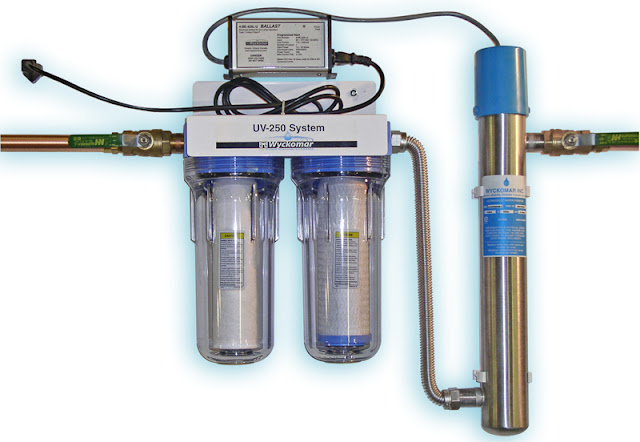Car Washes are also a generic service that can not focus on the areas of your individual car's specific needs.
For this reason we utilise hand washing at our Detailing Centre.
Hand Car Washing ensures that you car is cared for as an individual vehicle - making sure we get all the spots where you car may need
Extra Special Attention and Care. The chemicals we use are
Not Harsh like the ones
Automatic Car Washing services use and with a hand wash we are able to give you a more thorough service.
Hand Washing is Safer for your car and the most through method.
Regular Hand Washing also protects you car's finish as many factors such as the weather and bugs, dirt, contaminates, etc can eat away at your car's coat.
With the basic wash and vacuum, your vehicle is first sprayed with
High Pressure Water Jets. Using paint-friendly products, your vehicle will be thoroughly cleaned including the tires and rims. After the cleaning process, we then wipe it dry using soft cloth that is gentle to your paint.

The Tyres will be
Glazed with
Rubber Protection Chemicals and the
Interior will be
Vacuumed and
Wiped Clean.
This basic wash is guaranteed to clean out basic grime and make your car look ever so
Fresh and Clean.
We have a deionised water purifying system to eliminate virtually all ions or minerals present in the water that is used to wash your car. What’s left is extremely pure water that contains no elements that are damaging to your car during the course of detailing.
If you would like your car to be washed and vacuumed only, the following steps which corresponds with a full detailing session will be taken:
Preparation:
A heavy-duty vacuum cleaner is used to vacuum your car interior entirely. Detailing Brush is used on the dashboard, air-cond ducts, gaps, side panels, rear shelf and hard-to-reach areas.
Wash:
Generous amount of water is gently sprayed to ensure that minimal amount of dirt and sand will be picked up by the washing sponge to avoid scratching. A mild organic Shampoo is used with a 2 bucket washing system, starting with the top hood, bonnet and hood. Next, the right- and left-hand sides are cleaned from top to bottom. Finally, the front and rear ends are treated similarly, from top to bottom.
Wheel Cleaning & Type Protection:
Wheel Cleaner is used to wash rims and to remove brake dust. It is applied with sponge and thoroughly cleaned with an applicator. A soft and medium Wheel Brush is used especially on the wheel nuts to remove etched dirt. When this is completed, wheel protectors (liquid wax) is sprayed on to the rims. It enhances brake dust removal, gives a remarkable shine and it acts as a protective layer for wheels. Tyre Preserves are used to dress the tyres for a beautiful and subtle shine.
Vehicle Exterior Wash & Interior Vacuum :
VEHICLE INTERIOR
- Vacuum vehicle interior including all mats, footwells, seats and boot.
- Dust & wipe dashboard & centre console.
- Clean interior glass to remove smears and streaks.
EXTERIOR WASH SERVICE
- A high-pressure rinse to remove built-up grime and debris.
- An all-over Exterior Wash using quality mitts and shampoos that effectively and safely cleans the entire vehicle.
- A Wheel Wash process that removes grime & brake dust leaving sparkling clean rims.
EXTERIOR FINISHING
- Exterior Glass clean which effectively removes bugs and dirt.
- Wipe door & boot jambs.
- Apply Tyre Shine for a long lasting protective shine for your tyres to match your vehicle.

























